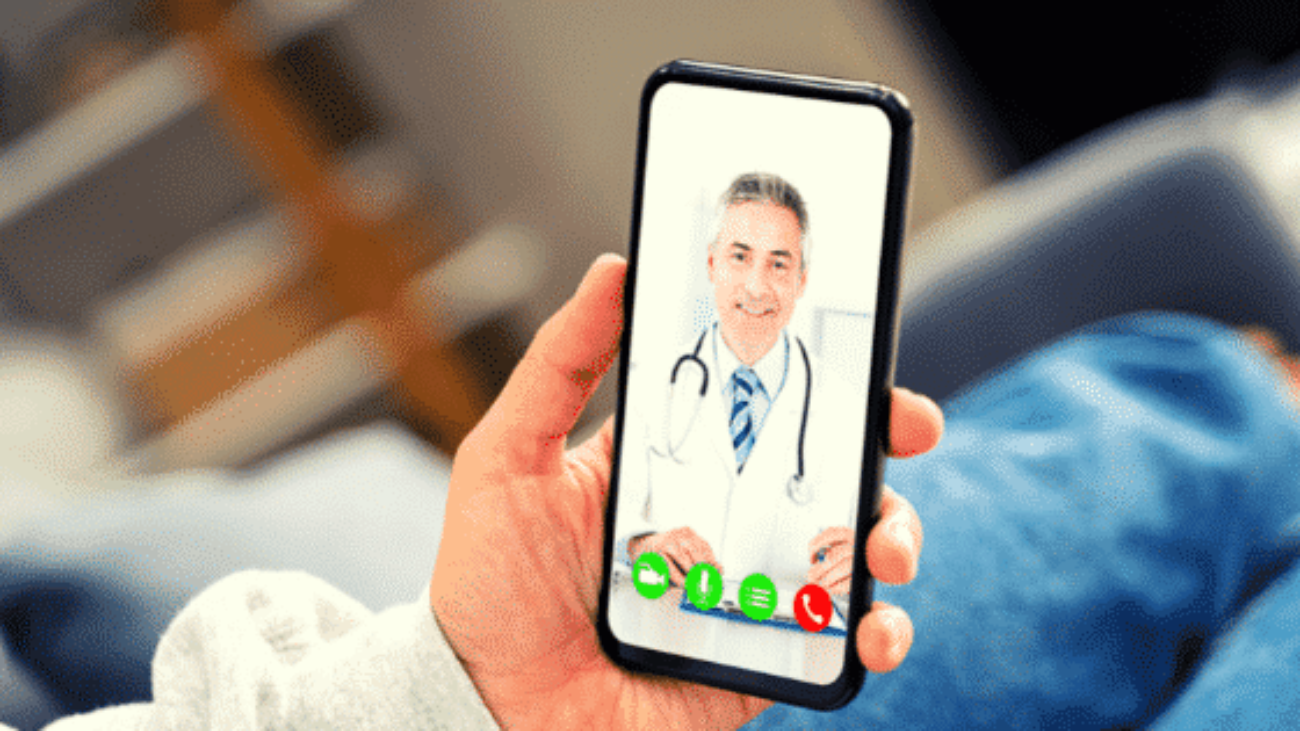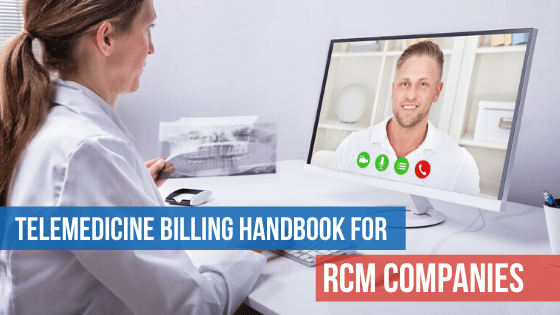Did you know that almost 1 million people in the U.S. spend their daily lives with Multiple Sclerosis (M.S.)? Multiple Sclerosis is a disease of the central nervous system where the body triggers an immune response that causes inflammation that damages myelin—wondering what it has to do with telemedicine in healthcare? Well, it has reasons. When a patient is diagnosed or treated for the disease, it typically includes the administration of DMTs (disease-modifying therapies) and monitoring patient symptoms for disease progression. Such that it involves regular communication and visits with a neurologist, much of which can be conducted using telehealth visits.
Neurology specialty is considered to be one of the most challenging and busiest ones. Neurology professionals can utilize telemedicine sessions to help patients adhere to a specific medication program, conduct neurological exams, and review results from blood work or imaging tests. They can also consult with patients on lifestyle situations and changes to help manage their neurological condition.
In this article, let’s learn about how telemedicine in healthcare plays a prominent role in the industry and how it remains a fantastic option for specialties like Neurology.
Telemedicine in healthcare can ensure Medication Adherence
- To manage diseases like Multiple Sclerosis, you should start with adherence to DMT treatments. Those therapy options include infusions, injections, or oral therapies.
- In most cases, making sure whether that medication is taken or administered on a regular cadence is essential for disease management. Any disruptions can cause increase in symptoms and trigger relapses.
- Neurology professionals also have a chance to schedule regular telemedicine visits to check on the effectiveness of your patient’s therapy and address any concerns.
- By using the appointment related to telemedicine in healthcare, you can review disease history, current or new symptoms, know about changes in medical history or medications, discuss how the patient is doing with treatment and if he/she has any recovery options.
- Similar types of wellness checkups have become necessary during the pandemic. All thanks to telemedicine in healthcare- it has helped us in the grave situation.
- It became more particular because patients were more hesitant to ask for help and approach professionals directly for treatment.
Telemedicine for Neurology Testing & Exams in Healthcare
- When you’re not sure for every type of neurological test or exam, telemedicine can be used for many aspects, including:
- General appearance assessment
- Vital signs (if the patient has home equipment)
- Mental status
- Speech
- Cranial exam including eyes, face, hearing, tongue, and shoulders
- Motor exam of the arms and legs
- Sensory exam
- Cerebellar exam
- Reflexes
- The crucial key point lies in preparing your patient for a visit. It’s the professional’s responsibility to send the pre-visit instructions and information to the patient that they would require to prepare for the neurology exam.
- For instance, if a provider is doing a strength test, ensure that your patient has a weight or canned goods to assist with the exam.
- In case you like to go for a gait test, the patient must have a well-lit area for the exam so you can easily observe.
- Certain elements during the neurology exam might require adjusting of the camera angle for proper viewing.
- Also, make sure whether the patient has enough capacity or capability to handle or adjust the camera.
Telemedicine in healthcare to review the Test Results
- Patients who have Multiple Sclerosis will have to undergo regular check-ups, which is very important.
- Initial diagnosis will require extensive blood tests that are used to rule out M.S. “mimics”, conditions that present like MS. Ongoing blood tests, or maintenance tests, are required to monitor blood counts, lymphocytes, liver function, and to check for the presence of J.C. virus.
- In addition to the blood work, these patients also require regular imaging appointments to review and monitor disease progression.
- Routine MRI scans are conducted to check for new lesions in the brain and spine.
- Lesions are nothing but areas where demyelination has occurred and a scar has formed.
- DMTs are used for a reason- to slow down the progression of these lesions.
- Telemedicine in healthcare will have visits to review the results, which is more convenient for the professionals and patients.
- Instead of having an office visit with your patients, telemedicine in healthcare provides an easy option to connect and interact with them from home.
- Healthcare professionals can share the imaging results through the telehealth platform comparing new and past images.
- Apparently, they can also share the blood work results and review what the numbers mean.
- Few might also result in a bad situation and indicate significant disease progression, which can be better served in a patient visit.
Telemedicine for Mental Health Checks for Multiple Sclerosis Patients
- Depression is one of the most commonly found side effects of Multiple Sclerosis. This disease is unpredictable and uncertain as well. This can lead to increased anxiety, distress, anger, and frustration for your patients.
- Beyond that, the disease itself might cause depression by disrupting nerves that affect moods.
- Few of them are also well known to cause depression as a side effect of the therapy. This makes chronic depression screening a critical part of patient treatment.
- Mental Health screenings are considered to be one of the most essential and popular diagnosis codes for telemedicine in healthcare.
- The most profound mechanism in telemedicine is used to conduct regular assessments as much of the evaluation involves listening and observing your patient with Multiple Sclerosis.
- The most commonly used tool for depression screening is PHQ. Other practices will go with PHQ-2 and, if needed, will conduct the full PHQ-9 if further evaluation is required.
- It became more accessible and affordable for providers to send PHQ to patients in advance of the telemedicine session to fill up and review the results during the session. You can also prefer to wait and verify the doubts and find answers to your questions.
- In all the cases, telemedicine has proved itself as a great tool to evaluate and treat mental health conditions for your M.S. patients.
Telemedicine in the healthcare and medical billing industry has made many impossible things possible, especially during the pandemic. When the sessions become accessible, so will the billing. For accurate telemedicine billing options, contact an expert RCM company for more reimbursements and less loss.
To learn more about telemedicine or telehealth, please visit our blog by subscribing to it. You will find exciting information related to the healthcare and billing industry. Do follow us on our social media portals to know us better.




